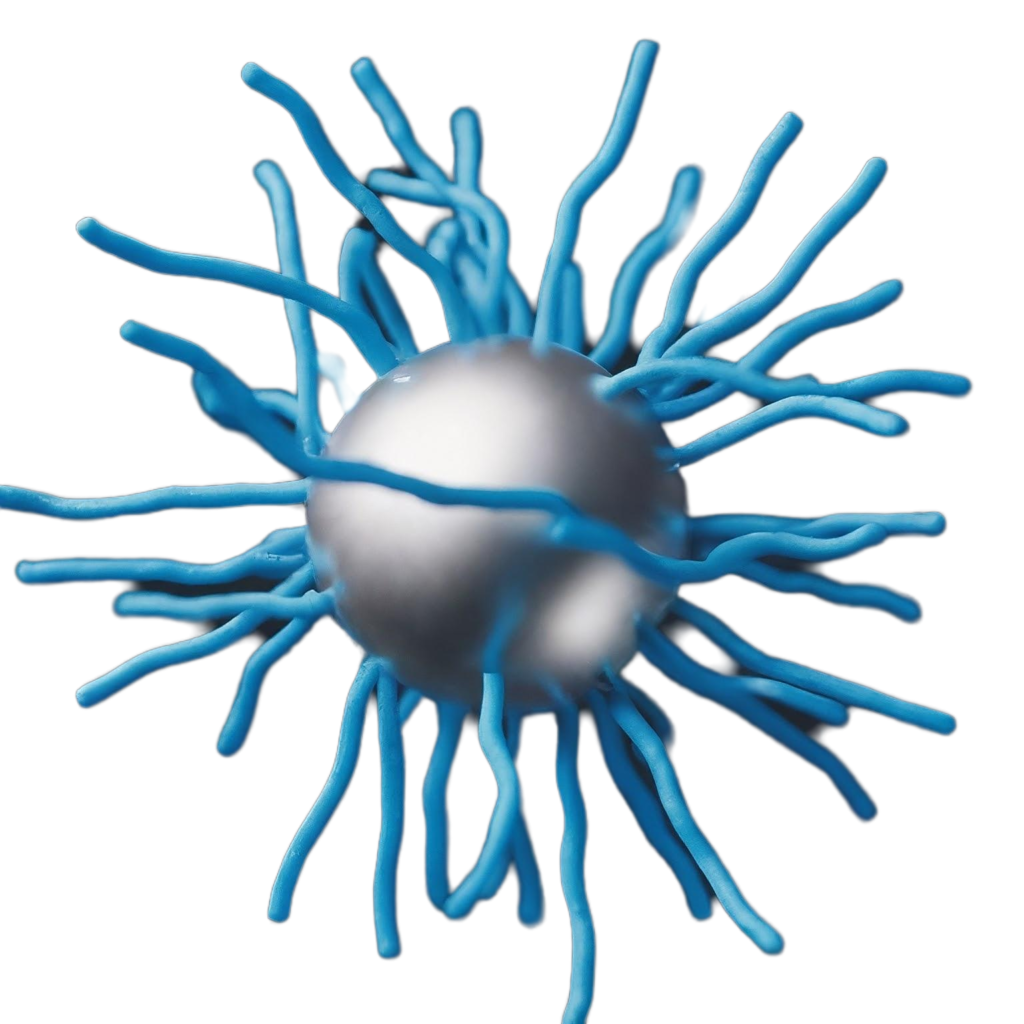
Our technology helps clinicians achieve early diagnoses and effective therapies, while enabling scientists to develop new therapeutic materials.
Phos4MR Revolutionizing medical imaging and materials through the world’s first polymers with inherent imaging signal
TECHNOLOGY: Phos4MR
- The first and only polymer platform with an inherent imaging signal from the polymer backbone, achieved through a unique molecular design, enables the detection of biocompatible, non-radioactive 31P.
- No need for toxic or persistent substances like heavy-metal chelates, ensuring safety and sustainability.
- Background-free 31P detection and quantification using “hotspot” MRI: Clear signal detection in a distinct “color,” completely independent of anatomical background, allows for precise visualization, localization, and tracking of in vivo changes of the material, such as degradation
- Unique, versatile use as a highly informative hotspot MRI agent or as a building block for novel nanomedicines and biomaterials with inherent imaging capabilities
Early cancer detection and advanced therapeutics

Phos4nova leverages Phos4MR technology to develop efficient imaging agents that enable the early detection of cancer.
We envision revolutionizing the diagnosis of particularly challenging solid tumors, such as liver and colorectal cancer. Through early diagnosis, we anticipate enabling better and more efficient cancer treatment, allowing more patients to become cancer-free.
Furthermore, we aim to empower scientists to develop novel, powerful therapies. Therefore, we are seeking partnerships to utilize Phos4MR technology in the development of advanced nanomedicines and biomaterials for personalized treatments.
PPEylate® The Biodegradable PEG Alternative for Enhanced Drug Delivery
TECHNOLOGY: PPEylate®

- Stabilizes nanoparticles in blood, preventing aggregation and ensuring efficient targeting
- Provides a superior stealth effect, minimizing immune cell uptake and prolonging circulation
- Avoids anti-PEG antibodies, improving safety and efficacy
- Enables the formulation of innovative MRI-traceable theranostic materials when combined with Phos4MR™ technology
PPEylate is a result of long-standing fundamental research by Phso4’nova’s co-founder Frederik Wurm and other researchers.
You can find more information here :
Schöttler, S.; Becker, G.; Winzen, S.; Steinbach, T.; Mohr, K.; Landfester, K.; Mailänder, V.; Wurm, F. R., Protein adsorption is required for stealth effect of poly(ethylene glycol)- and poly(phosphoester)-coated nanocarriers. Nat. Nanotechnol. 2016, 11 (4), 372-377.
https://www.nature.com/articles/nnano.2015.330
Simon, J.; Wolf, T.; Klein, K.; Landfester, K.; Wurm, F. R.; Mailänder, V., Hydrophilicity Regulates the Stealth Properties of Polyphosphoester-Coated Nanocarriers. Angew Chem Int Ed Engl 2018, 57 (19), 5548-5553. https://onlinelibrary.wiley.com/doi/10.1002/anie.201800272
Pelosi, C.; Tinè, M. R.; Wurm, F. R., Main-chain water-soluble polyphosphoesters: Multi-functional polymers as degradable PEG-alternatives for biomedical applications. Eur. Polym. J. 2020, 141, 110079.
https://www.sciencedirect.com/science/article/pii/S0014305720317936
Applications of PPEylate®



